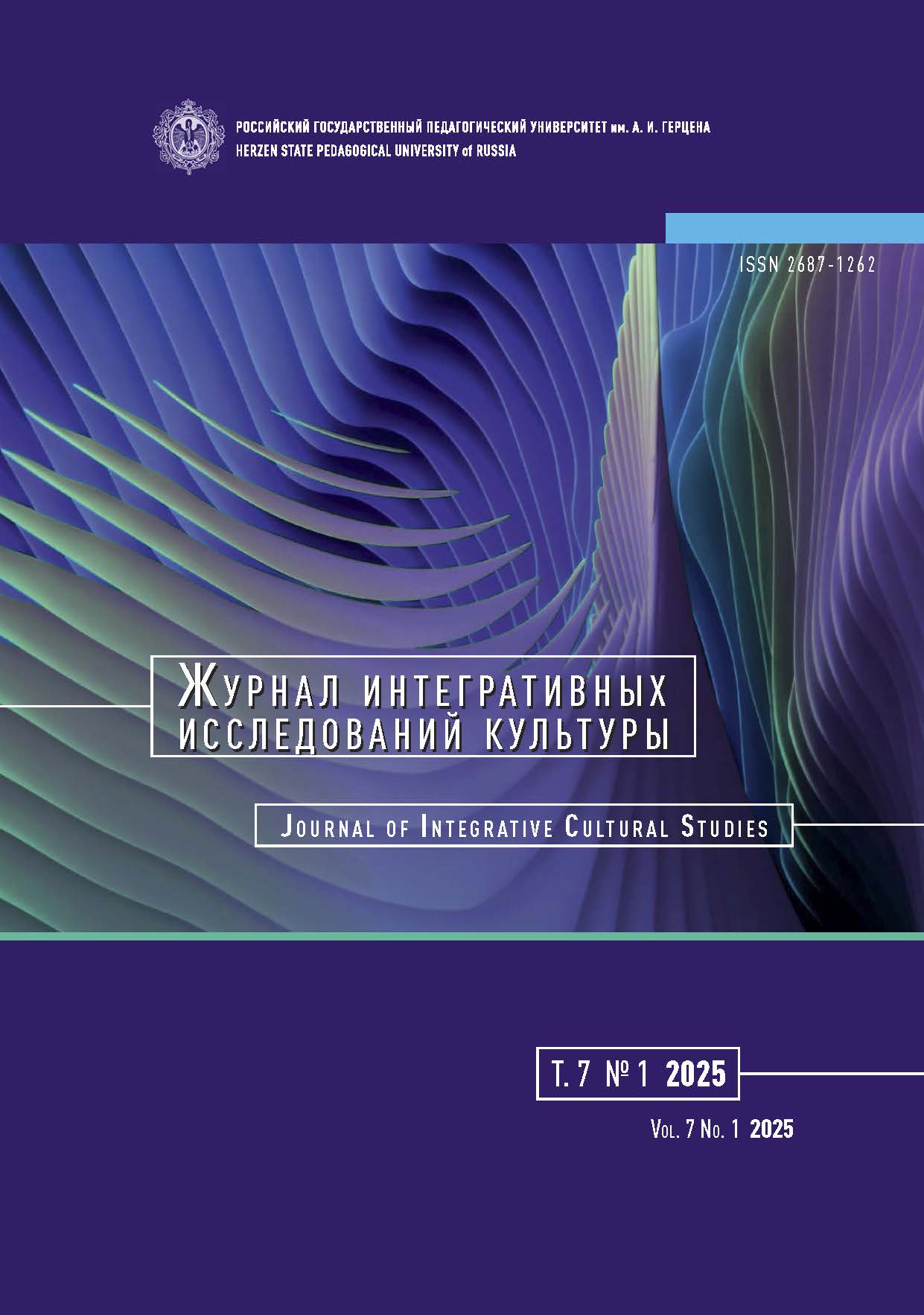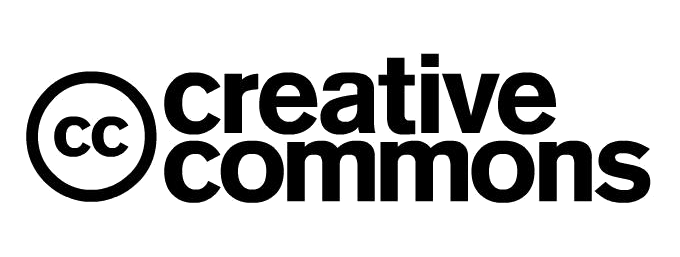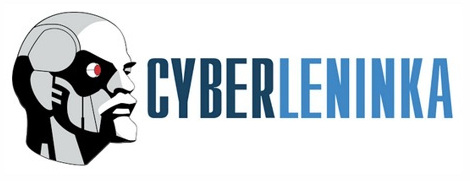Living science. V. I. Vernadsky’s sphere approach
DOI:
https://doi.org/10.33910/2687-1262-2025-7-1-23-32Keywords:
sphere approach, artificial intelligence, space, time, V. I. Vernadsky, living science, synthesis, classics, non-classics, post-non-classicsAbstract
This article elaborates on the change of rationality types in science as proposed by the academician V. S. Stepin: classics -> non-classics -> postnon-classics. It shows that the classical -> non-classical transition involves a rethinking of scientific foundations, which is absent from the non-classical -> post-non-classical transition. From the point of view of the synergetics of the changing types of rationality, there are bifurcation points in which there must be a choice between several alternatives. However, when describing these transitions, historians of science tend to neglect the mention of alternatives. We propose considering the teachings of V. I. Vernadsky on biological spacetime and living matter as an alternative to the relative space-time of A. Einstein in the classical -> non-classical transition. We show that neither of the two transitions corresponds to T. Kuhn’s theory of scientific revolutions, in which an important sign of a revolution is the resistance it meets from the normal majority of the scientific community. These transitions have virtually lacked such resistance, while the novelty of many of Vernadsky’s ideas is so strong that they are still rebutted by the scientific community.
We place an emphasis on some aspects of this novelty, in particular on the inapplicability of modern analytical mathematics to a description of the behavior of living matter and on the need to build a scientific worldview based on two poles: matter-energy and life. Science rooted in this basis is consistent with life or living science.
This paper takes a look at the changes of the rationality types from the point of view of a linear schematization of cognition elements (subject, method and object), also showing that this scheme lacks a predictive potential. It proposes another type of schematization — a triangular balance, in which the predictive potential can be expressed. We present four (3+1) types of synthetic worldview under the common name of the sphere approach, providing examples for each type of synthesis, taken beyond the boundaries of modern science. The modes ‘more than oneself’ and ‘less than oneself’ are introduced for the process of cognition. The living science of the sphere approach is characterized by a symmetry of these principles, whereas the entire previous scientific rationality forbids the mode of ‘more than oneself’. We show that the sphere approach, which replaces the systems one, does not continue the old logic of development, offering a new one instead.
References
ЛИТЕРАТУРА
Аксенов, Г. П. (2022) В. И. Вернадский о природе времени и пространства. М.: Ленанд, 368 с.
Вернадский, В. И. (1988) Философские мысли натуралиста. М.: Наука, 520 с.
Вольнов, И. Н. (2024a) Атомы, пустота, воображение и искусственный интеллект. Наука и инновации, № 9 (259), с. 31–35.
Вольнов, И. Н. (2024b) Синтез сферного подхода В. И. Вернадского. В кн.: И. А. Герасимова (ред.). С заботой о планете. К 160-летию со дня рождения В. И. Вернадского. Курск: Университетская книга, с. 206–225.
Кун, Т. (2009) Структура научных революций. М.: АСТ, 317 с.
Панов, А. Д. (2013) Технологическая сингулярность, теорема Пенроуза об искусственном интеллекте и квантовая природа сознания. Метафизика, № 3 (9), с. 141–187.
Степин, В. С. (2009) Классика, неклассика, постнеклассика: критерии различения. В кн.: Постнеклассика: философия, наука, культура. СПб.: Мiръ. с. 249–295.
Флоренский, П. А. (1991) Мнимости в геометрии. М.: Лазурь, 96 с.
Флоренский, П. А. (2010) Иконостас. СПб.: Азбука-классика, 224 с.
REFERENCES
Aksenov, G. P. (2022) V. I. Vernadskij o prirode vremeni i prostranstva [V. I. Vernadsky on the nature of time and space]. Moscow: Lenand Publ., 368 p. (In Russian)
Florensky, P. A. (1991) Mnimosti v geometrii [Imaginaries in geometry]. Moscow: Lazur’ Publ., 96 p. (In Russian)
Florensky, P. A. (2010) Ikonostas [Iconostasis]. Saint Petersburg: Azbuka- Klassika Publ., 224 p. (In Russian)
Kuhn, T. (2009) Struktura nauchnykh revolyutsij. [The structure of scientific revolutions]. Moscow: AST Publ., 317 p. (In Russian)
Panov, A. D. (2013) Tekhnologicheskaya singulyarnost’, teorema Penrouza ob iskusstvennom intellekte i kvantovaya priroda soznaniya [The technological singularity, Penrose theorem about artificial intelligence and quantum nature of consciousness]. Metafizika, no. 3 (9), pp. 141–187. (In Russian)
Stepin, V. S. (2009) Klassika, neklassika, postneklassika: kriterii razlicheniya [Classics, non-classics, post-non-classics: Distinction criteria]. In: Postneklassika: filosofiya, nauka, kul’tura [Post-non-classics: Philosophy, science, culture]. Saint Petersburg: Mir Publ., pp. 249–295. (In Russian)
Vernadskj, V. I. (1988) Filosofskiye mysli naturalista [Philosophical thoughts of a naturalist]. Moscow: Nauka Publ., 520 p. (In Russian)
Vol’nov, I. N. (2024a) Atomy, pustota, voobrazheniye i iskusstvennyj intellekt [Atoms, emptiness, imagination, and artificial intelligence]. Nauka i innovatsii — The Science and Innovation, no. 9 (259), pp. 31–35. (In Russian)
Vol’nov, I. N. (2024b) Sintez sfernogo podkhoda V. I. Vernadskogo [Synthesis of V. I. Vernadsky’s spherical approach]. In: I. A. Gerasimova (ed.). S zabotoj o planete. K 160-letiyu so dnya rozhdeniya V. I. Vernadskogo [Taking care of the Planet. On the 160th Anniversary of the Birth of V. I. Vernadsky’s]. Kursk: Universitetskaya kniga Publ., pp. 206–225. (In Russian)
Downloads
Published
Issue
Section
License
Copyright (c) 2025 Ilya N. Volnov

This work is licensed under a Creative Commons Attribution-NonCommercial 4.0 International License.
The work is provided under the terms of the Public Offer and of Creative Commons public license Creative Commons Attribution 4.0 International (CC BY 4.0).
This license permits an unlimited number of users to copy and redistribute the material in any medium or format, and to remix, transform, and build upon the material for any purpose, including commercial use.
This license retains copyright for the authors but allows others to freely distribute, use, and adapt the work, on the mandatory condition that appropriate credit is given. Users must provide a correct link to the original publication in our journal, cite the authors' names, and indicate if any changes were made.
Copyright remains with the authors. The CC BY 4.0 license does not transfer rights to third parties but rather grants users prior permission for use, provided the attribution condition is met. Any use of the work will be governed by the terms of this license.







